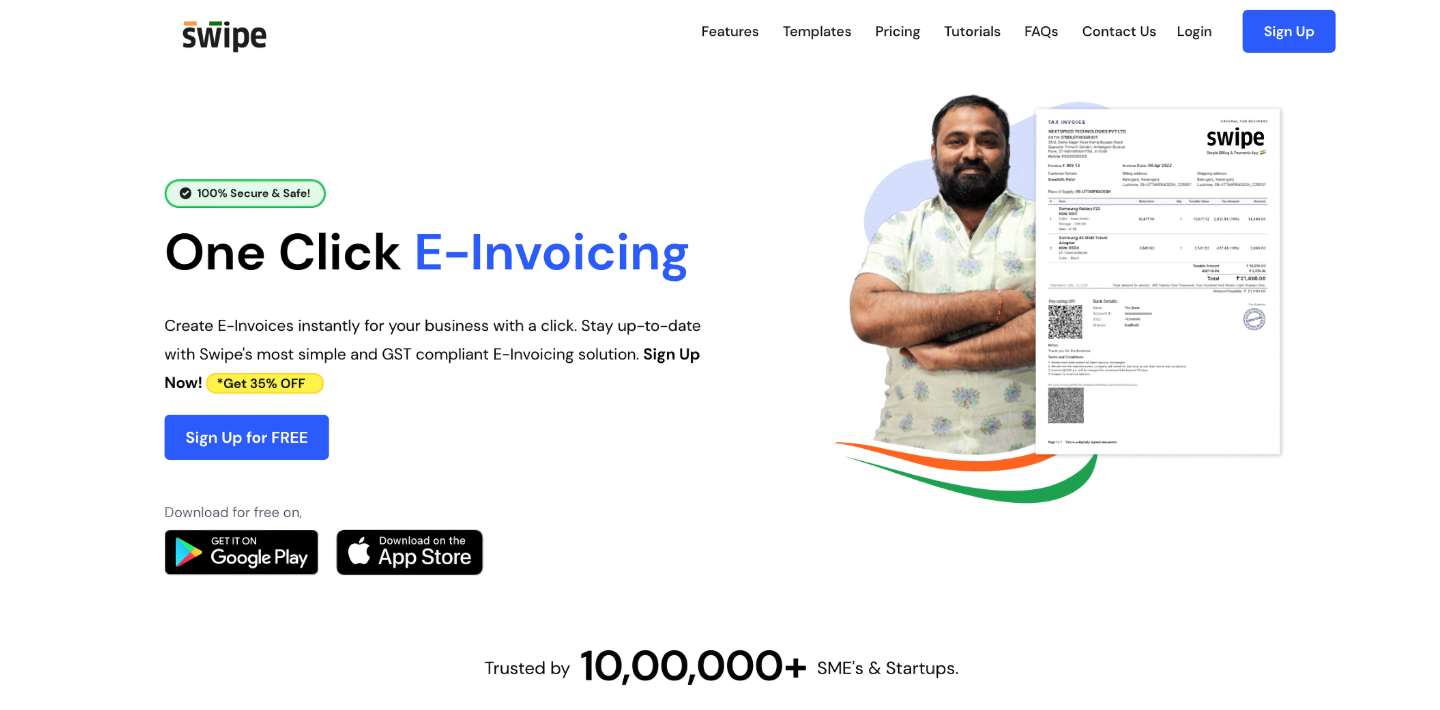
The question being asked by many beginners and experts on offline and online platforms like Investors Hangout is what the next big thing to invest in, which may cause many potential investors with less capital to shy away. However, contrary to many beliefs, all you need is that $100 in your cookie jar and sound financial advice. Whether you are looking to secure your retirement, get some additional income, pay your school fees or any other financial goal, these few tips will help you get there:
Consider DRIPs or DRPs
These acronyms stand for Dividend Reinvestment Plan, which is an opportunity for you to buy stocks from companies directly without brokers. This program runs so long as you can afford to buy at least one share. One of their significant features is dividend reinvestment, which is essentially plowing back your accrued dividends to get you more stock. They charge relatively small fees for ongoing contributions and dividend reinvestments.
Mutual funds
Most mutual funds may require a minimum investment of thousands of dollars, but there are up to 200 of them that allow for investments as little as $500 and about 300 of them on Ameritrade that required $100 minimum. Mutual funds are an excellent option for beginners; they let you diversify your portfolio instead of owning just one stock-and come highly recommended for long-term investing.
Peer-To-Peer lending:
This is a great small investment idea that is commonly referred to as social or P2P lending. Examples of sites that facilitate P2P lending are Lending Club and Prosper. This is essentially a method of debt financing that allows individuals to lend and borrow money without going through an official institution like banks. As a lender, you become an investor and are paid monthly towards the principal and interest as the borrowers start to repay their loans. The only catch is that in most states, you may need to have a sizeable asset base to participate in P2P lending investments.
Exchange-Traded Funds (ETFs)
ETFs are another great option for you if you are new to small investments. They are quite similar to mutual funds as they have an assortment of different investments. Their difference is that they are traded like shares on the stock exchange markets and offer a small cost of entry. You can buy one ETF st the cost of one share, making them an easy, stable investment.
Conclusion:
If you are looking to succeed in small investments, you need to sort out a few financial loopholes that can set you up for failure. Set up a stable emergency fund. Crises requiring immediate attention, like illness or loss of a job do crop up, and without a stable emergency fund, you will turn to that cookie jar. Moreover, you should take care of all impending double-digit interest credit cards. With this kind of debt, your savings aren’t real savings, and the earlier you pay it off, the less the interest you incur, and the more the cash going into your investment fund.















